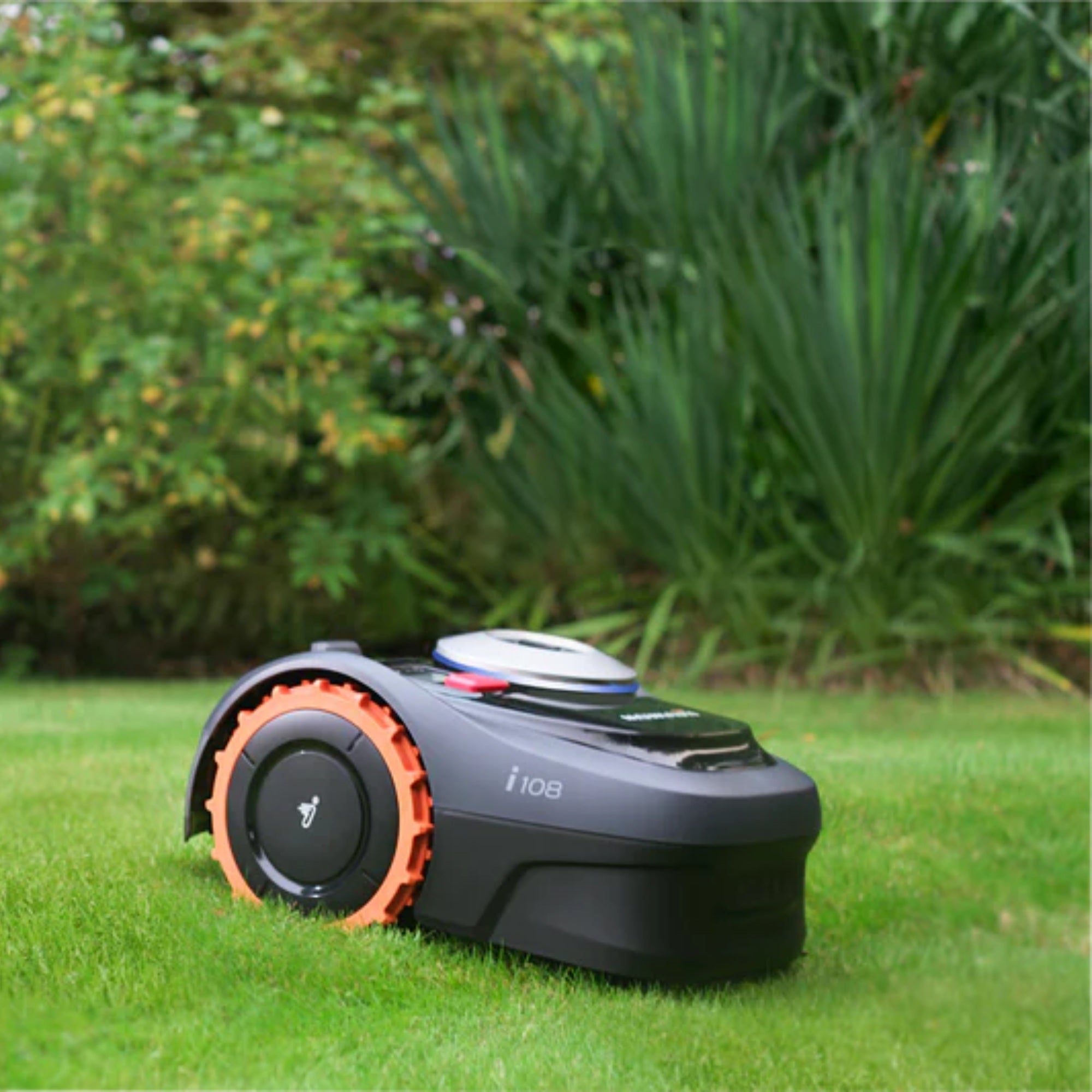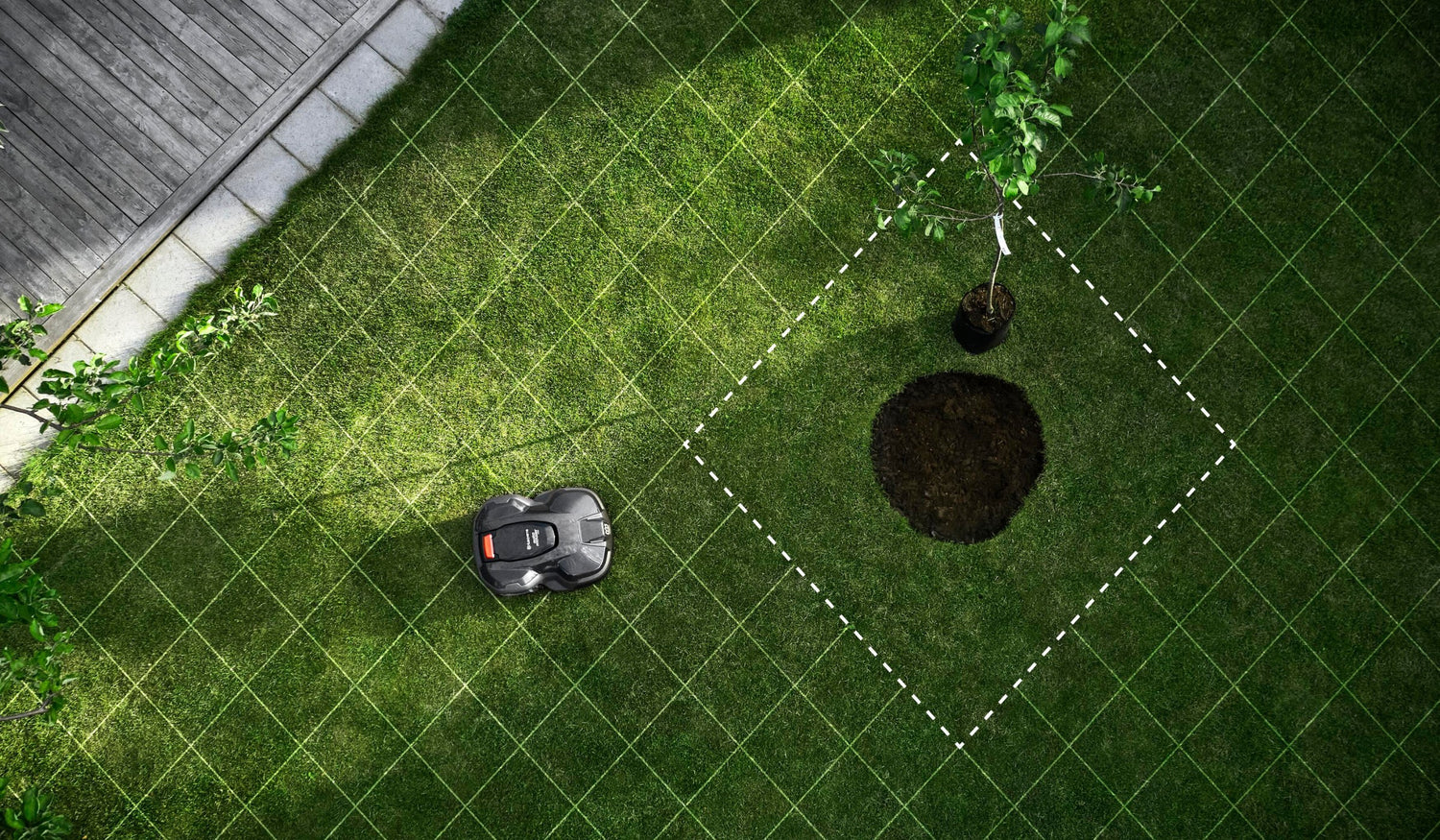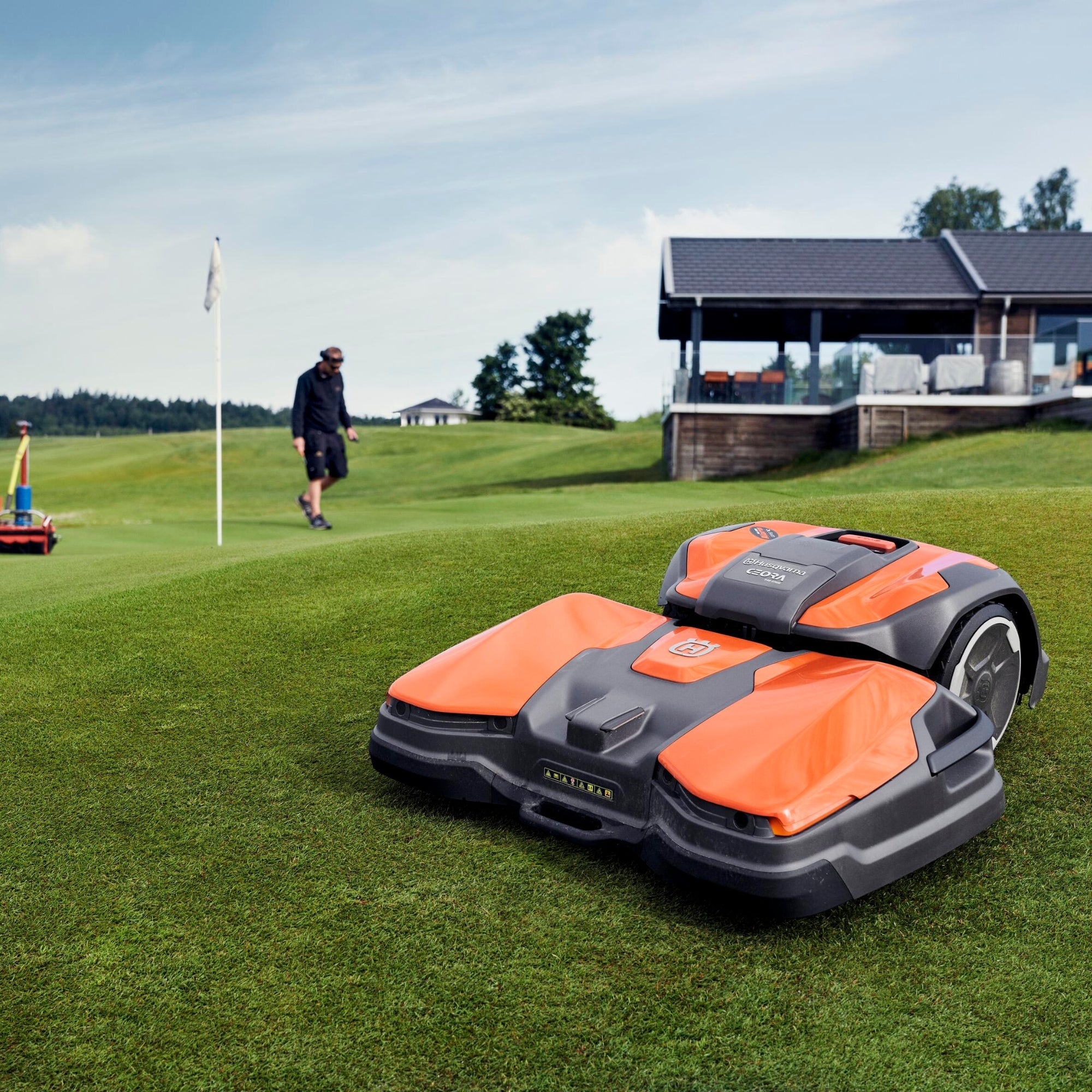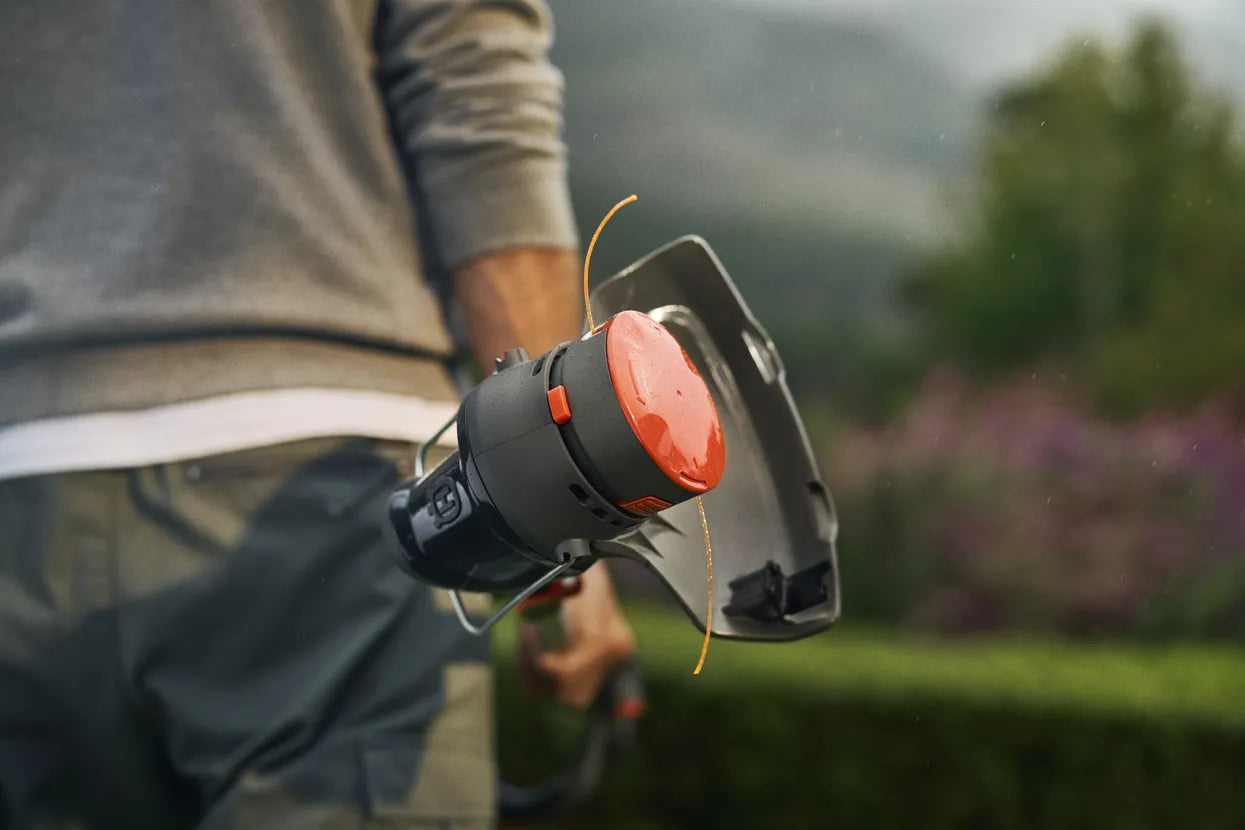Are you thinking about buying a robotic mower to keep your lawn in top shape without the hassle? Before you make a decision, it's essential to consider a few key factors to ensure you choose the right model for your needs. Here's a guide to help you out.
1. How Big Is Your Lawn?
The size of your lawn is a critical factor when selecting a robotic mower. Different models are designed to handle varying areas, so you'll want to choose one that matches your lawn size to get the best results and operate efficiently.
To achieve the best cutting results, it's advisable to choose a robotic mower with a higher capacity than your lawn's actual size. For example, if you have a 700m² lawn, you could look at selecting a mower designed for 1000m².
💡Tip: Use Google Maps to measure your lawn if you're not sure about its size. This will give you a more accurate idea of the mowing capacity you need.
2. Wire-Free or Wired Technology?
When choosing a robotic mower, you’ll need to consider two main technologies: wire-free and wired. Each has its advantages and drawbacks, depending on the features and characteristics of your lawn. In 2024, wire-free technology has advanced rapidly, with advancements in technology and reduced costs making these mowers more appealing than ever.
- Wire-Free Technology: Ideal for open areas where the mower can easily connect to satellite signals.
- Wired Technology: Reliable for complex environments, especially where satellite signals are obstructed (e.g., under trees).
💡Tip: Consider whether the mower will have a clear view of the sky for satellite coverage, which is essential for wire-free models.
3. How Complex Is Your Lawn?
The complexity of your lawn can significantly impact the performance of your robotic mower. Properties with heavy tree coverage, narrow passages, or multiple structures may require more advanced navigation systems.
Key Points to Consider:
- Navigation Systems: Some mowers use GPS or vision-based systems to navigate complex lawns. These can handle obstacles better than simpler models.
- Obstacle Detection: Advanced models can detect and navigate around obstacles, ensuring thorough mowing without getting stuck.
💡Tip: Look for a mower with support features like boundary wires or vision-based navigation (cameras) to help manage satellite coverage and navigate obstacles. This ensures the mower can handle all areas of your lawn effectively.
4. How Steep Is Your Lawn?
Robotic mowers vary in their ability to handle slopes and inclines. If your lawn has significant elevation changes, you'll need to find a model that can manage these conditions effectively.
Slope Ratings for Robot Mowers
Understanding slope ratings is crucial when evaluating robotic mowers. Slope can be measured in degrees or as a percentage, so it’s important to be aware of the measurement being used. Here are the two key slope ratings to consider:
- Maximum Slope Performance Inside Installation: This rating indicates the steepest slope the mower can handle within the installation area, typically about 1.5 meters from the boundary, depending on the robot mower model.
- Maximum Slope Performance at Boundary: This rating shows the steepest slope the mower can handle near the boundary. It’s essential to check each mower’s specifications for this rating.
💡Tip: Check both the max slope within the installation and the max slope at the boundary. Where there are obstacles that require a stay out zone, you will need to consider the Max Slope Performance at Boundary. This will ensure your mower can operate safely and effectively on your terrain.
Ask Our Team
Choosing the right robotic mower can feel overwhelming, but you don't have to do it alone. Our team at MowBot is here to help you find the perfect mower for your lawn's specific needs. Give the team a call on 0800 MOWBOT or get in touch for a free quote.
























